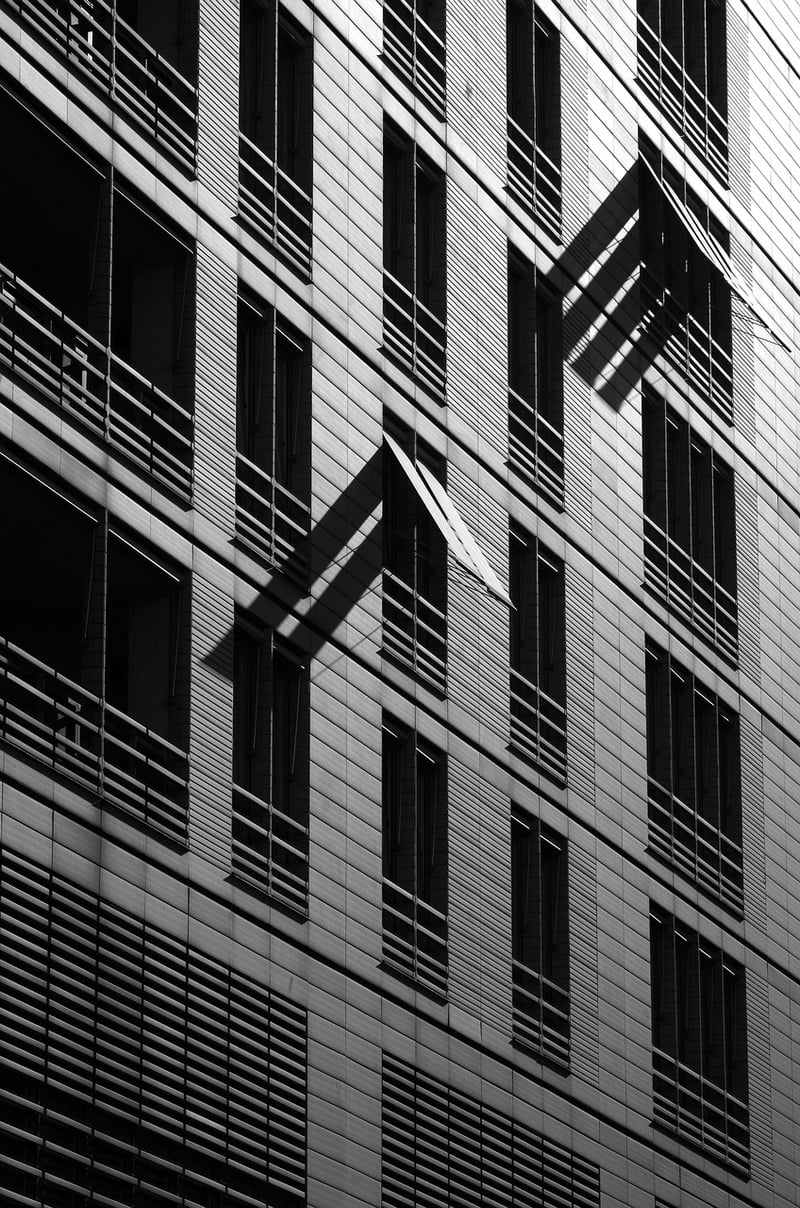Contemporary
Exploring Expressive Movement Styles in Contemporary Dance
Contemporary dance is a diverse and ever-evolving art form that allows dancers to express themselves through a combination of various movement styles. One of the key elements of contemporary dance is the use of expressive movement to convey emotions, stories, and ideas. Let's delve into some expressive movement styles commonly found in contemporary dance:
1. Release Technique
The release technique focuses on letting go of tension in the body to allow for fluid and organic movement. Dancers explore concepts of weight, momentum, and breath to create a sense of freedom and expression in their movements.

2. Contact Improvisation
Contact improvisation involves the exploration of weight, touch, and shared movement between dancers. It encourages spontaneous and collaborative movement interactions, often leading to unique and expressive choreography.

3. Floorwork
Floorwork involves dancing and moving on the floor, utilizing gravity and fluidity to create dynamic and grounded movement sequences. Dancers often incorporate elements of floorwork to add texture and depth to their performances.

4. Gesture and Narrative
Gestural movements and storytelling play a significant role in contemporary dance, allowing dancers to communicate emotions and narratives through symbolic gestures and movements. This style adds depth and meaning to performances, engaging audiences on a deeper level.

5. Improvisation
Improvisation is a core component of contemporary dance, allowing dancers to explore movement spontaneously and create unique, unrehearsed choreography. It encourages dancers to connect with their instincts and emotions, resulting in raw and authentic performances.

Contemporary dance embraces a wide range of expressive movement styles that allow dancers to push boundaries, communicate ideas, and evoke emotions through their performances. Whether it's through fluid release techniques, contact improvisation, grounded floorwork, storytelling gestures, or spontaneous improvisation, contemporary dance continues to evolve as a vibrant and expressive art form.
So, the next time you watch a contemporary dance performance, pay attention to the diverse and dynamic movement styles that dancers use to express themselves and connect with audiences on a profound level.
